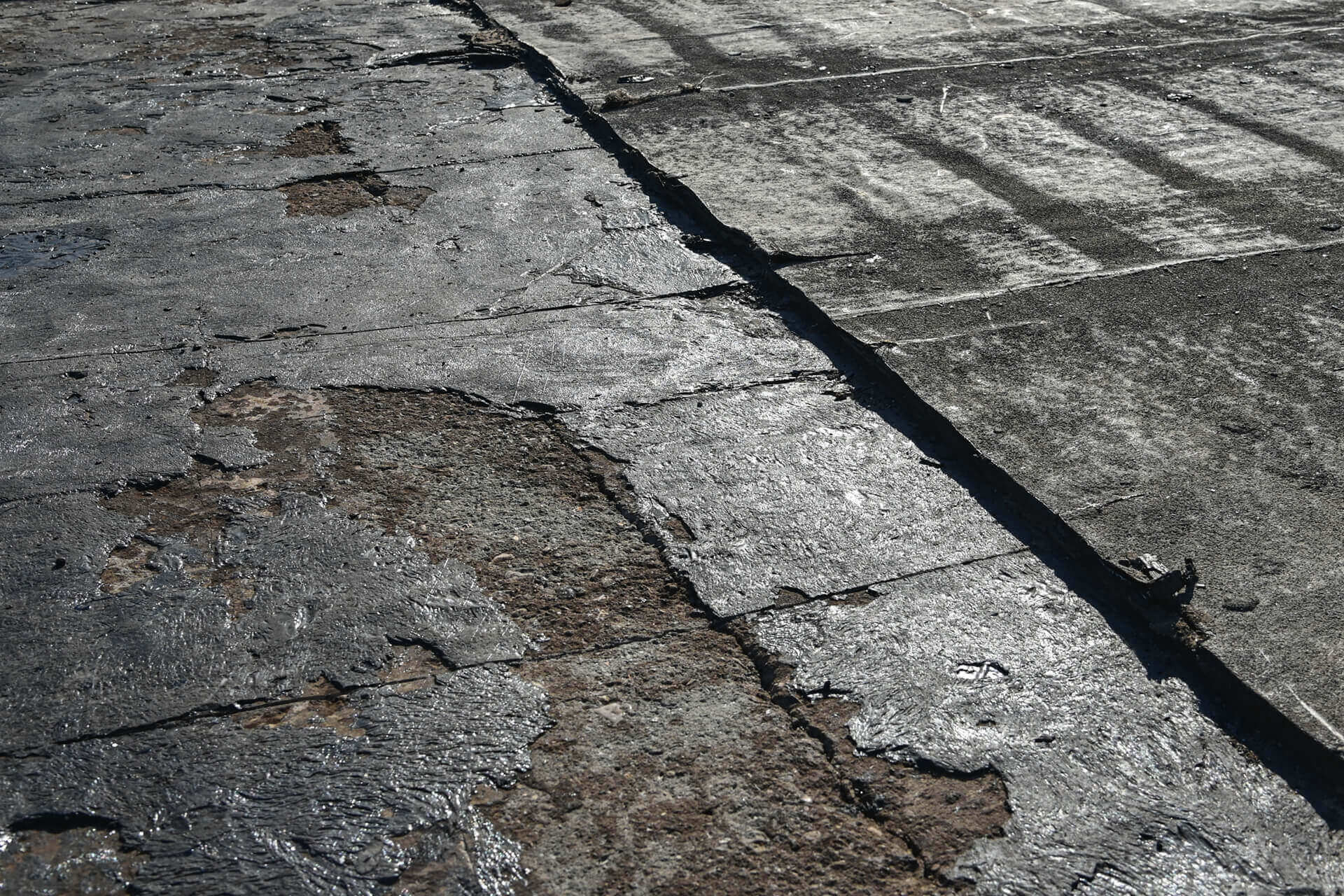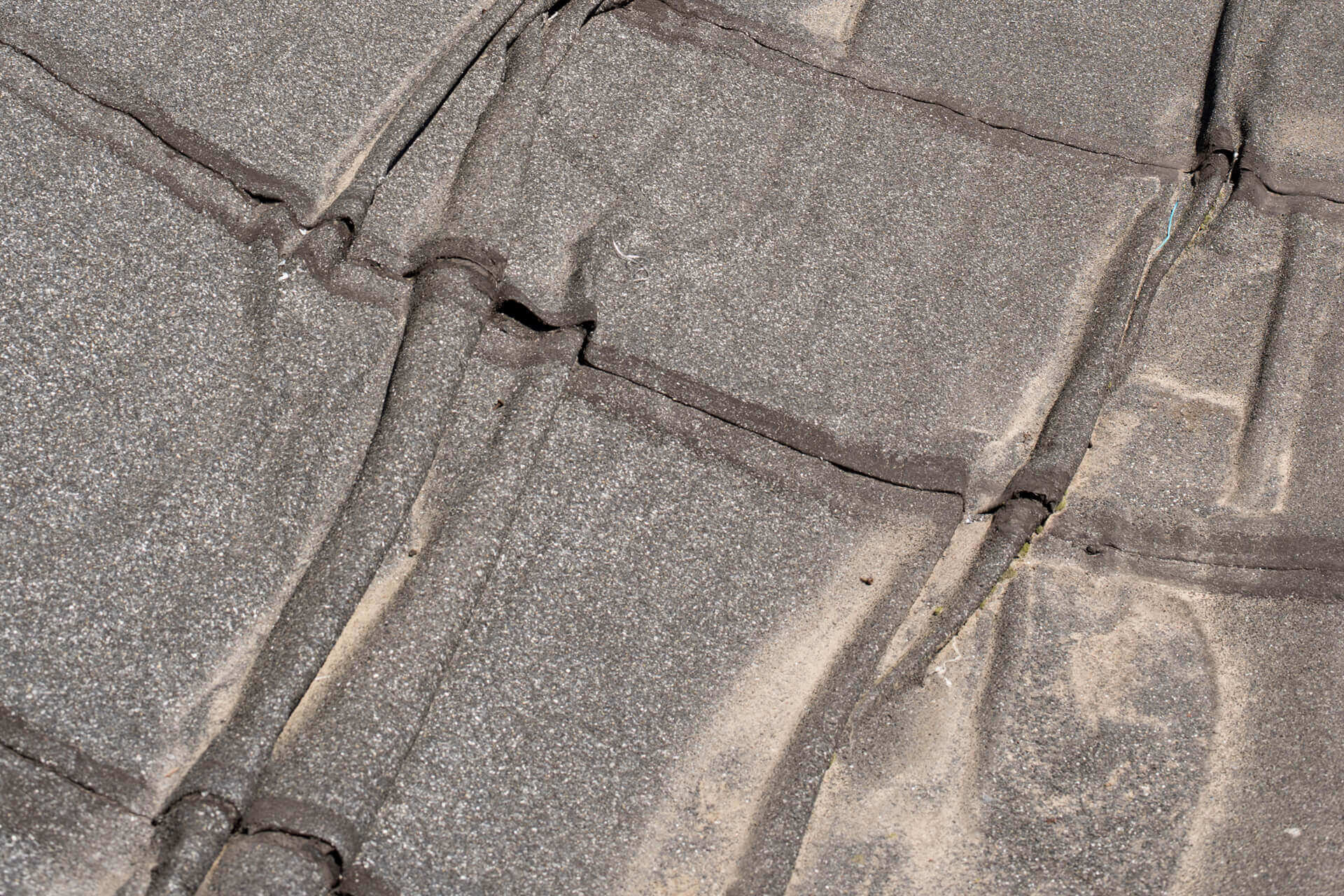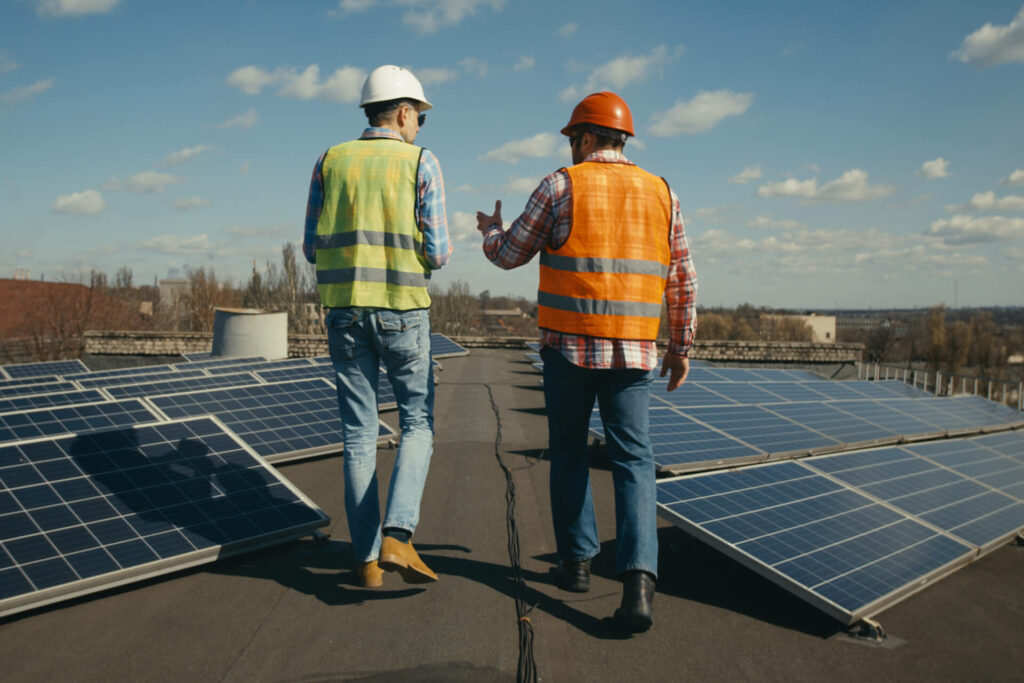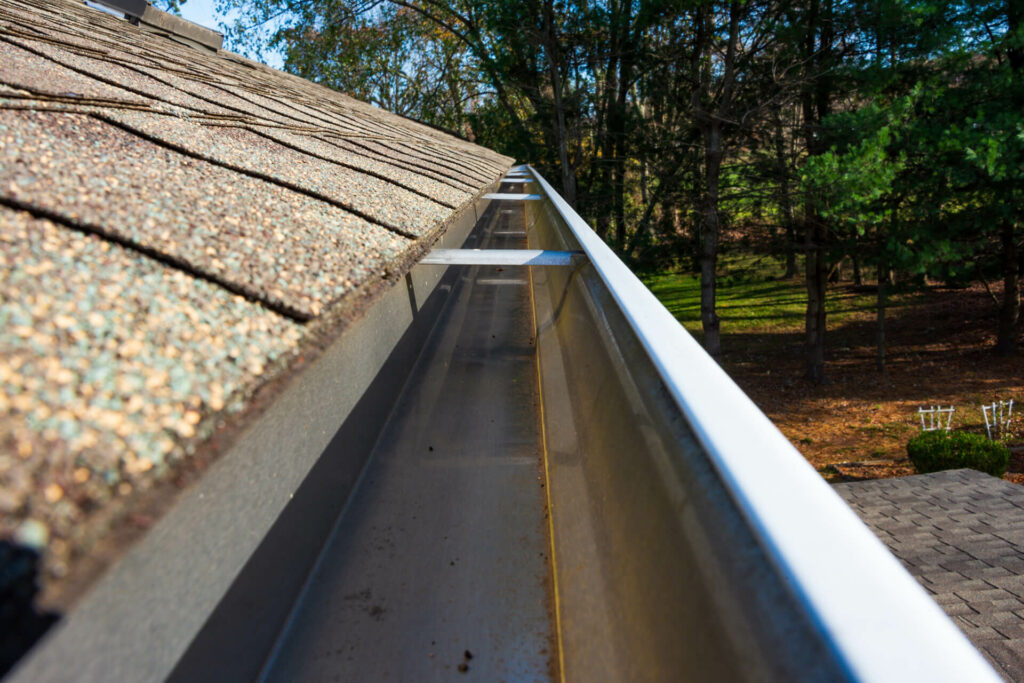Flat roofs have become increasingly popular in both residential and commercial buildings. They are cost-effective and provide additional living space for gardening, lounging, and other activities. However, the question often arises about flat roofs lifespan. In this article, we help you understand the factors that influence the lifespan of your flat roof and offer ways to extend it.
Factors Influencing Flat Roofs Lifespan
- The Material Used: The material of the flat roof plays a crucial role in determining its lifespan. Different materials have different levels of durability, resistance to weather conditions, and lifespan.
- The Installation Process: A flat roof’s lifespan is highly dependent on the installation process. A poorly installed roof can cause numerous problems and significantly reduce its lifespan. It is important to hire an experienced roofing contractor who understands the intricacies of installing a flat roof.
- Environmental conditions: The local climate and environmental conditions can either extend or reduce the lifespan of your flat roof. Extreme weather conditions like intense heat, heavy rainfall, and snow, like what we get in Edmonton, can take a toll on the roof’s material, leading to quicker degradation.
- Maintenance and Repair: Regular maintenance and timely repairs are key to extending the lifespan of your flat roof. Ignoring issues can lead to severe damage, requiring extensive repairs or even a complete roof replacement.
The Lifespan of Different Roofing Materials
- EPDM (Ethylene Propylene Diene Monomer) roofing, Also known as rubber roofing, this material has a lifespan of around 20-25 years. It is durable, resistant to weathering, and relatively easy to repair.
- TPO (Thermoplastic Olefin) roofing is known for its energy efficiency and can last between 15-20 years. It reflects UV rays and helps keep the building cooler and reduces energy costs.
- PVC (Polyvinyl Chloride) roofing is similar to TPO in terms of lifespan and properties, lasting around 15-20 years. It is lightweight, resistant to chemicals, and fire-resistant.
- Modified Bitumen roofs have a lifespan of 10-15 years. They are easy to install and provide excellent waterproofing capabilities.
- Built-up roofing (BUR) is one of the oldest types of flat roofing and can last between 15-20 years. It consists of multiple layers of asphalt and reinforcing fabric, providing durability and resilience.

Four Signs That Your Flat Roof Needs Replacement
- Water pooling is a common issue with flat roofs. If you notice standing water on your roof (also called ponding water) on a regular basis which does not drain for more than 48 hours, it may be time to consider a replacement or repair.
- Blisters and bubbles on the surface of the roof indicate trapped moisture or air, which can lead to significant damage if left unaddressed.
- Tears and Punctures: Flat roofs are susceptible to tears and punctures, especially where there is foot traffic on the roof. Regular inspections can help identify these issues before they become severe.
- Flashing Damage: Damaged or improperly installed flashing can lead to leaks and water damage. Ensuring that the flashing is in good condition is crucial for the longevity of your flat roof.

Enhancing the Lifespan of Your Flat Roof
- Regular Inspection: Conducting regular inspections, especially after extreme weather conditions, can help identify and address issues before they escalate.
- Prompt Repairs: Addressing repairs promptly is crucial. Small issues can quickly turn into major problems, leading to a reduced lifespan and increased costs.
- Protective Coatings: Applying protective coatings can help extend the lifespan of your flat roof by providing an additional layer of protection against the elements.
- Proper Drainage: Ensuring proper drainage is essential for preventing water pooling and the associated damage it can cause.
Conclusion
Understanding the factors that influence the lifespan of a flat roof and taking proactive steps to address issues as they rise significantly extends the longevity of your roof. Regular maintenance, inspections, and repairs are key to ensuring that your flat roof remains in top condition for as long as possible. Use our Comprehensive Guide to Flat Roof Maintenance to keep your roof in excellent shape and reap the benefits of it for an extended period.


